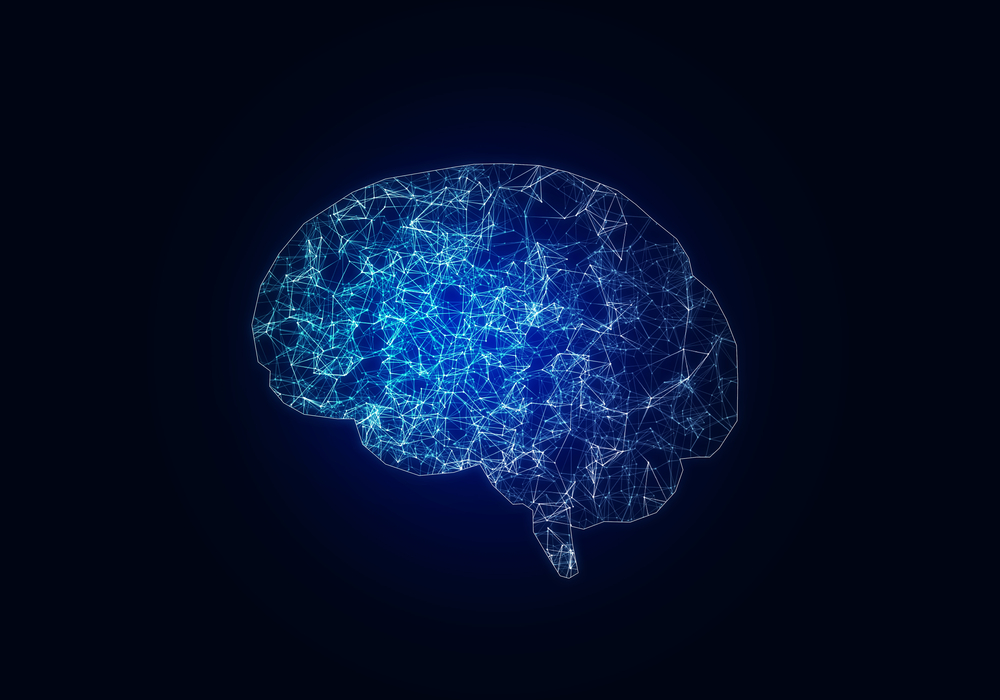ALS Severity, Likely Progression May Be Evident in 2 of Brain’s ‘Resting State’ Networks

Activity seen in two of the brain’s resting state networks in amyotrophic lateral sclerosis (ALS) patients may be a sign of more severe and rapidly progressing disease in a person. These networks, at work when a person is not focusing on a specific task, were investigated in the study, “Investigating Default Mode and Sensorimotor Network Connectivity in Amyotrophic Lateral Sclerosis” published in PLOS ONE.
As the name implies, resting state networks in the brain are groups of nerve cells in different parts of the brain that together control brain activity when a person is mentally at rest. Several such systems exist, dealing with different aspects of brain activity.
Scientists at the University of Alberta in Canada investigated two such networks: the default mode network, dealing with baseline brain activity, and the sensorimotor network that researchers believe is involved in readying the brain for performing or coordinating movement.
Earlier studies exploring these networks in ALS patients, and comparing their activity to that of healthy people, have reached widely different conclusions, with some studies finding increased activity among patients, and others noting a decrease.
Here, researchers recruited 21 ALS patients and 40 healthy volunteers as controls, and measured the activity in the two networks using functional magnetic resonance imaging (fMRI) brain scans.
They, too, found no differences in how the two networks functioned between the patient and control groups, or between patients with or without extensive upper motor neuron degeneration. But they did find differences in resting state network activity that could be linked to certain disease characteristics, and might explain the varying results of earlier studies.
Specifically, the researchers found increased activity in the default mode network in patients with greater levels of disability and faster disease progression. Scans of the sensorimotor network, likewise, showed lower activity in those patients with more severe motor impairment. These changes occurred in a pattern, leading the researchers to conclude that a loss of neurons acting as brakes on the activity of neighboring nerve cells might have contributed to the altered brain activity.
While the associations made here between changes in brain activity and ALS prognosis might suggest that the brains of patients are reorganized as a consequence of motor degeneration, longer-term studies needed to confirm that changes in the resting state networks might predict the severity and course of this disease.






